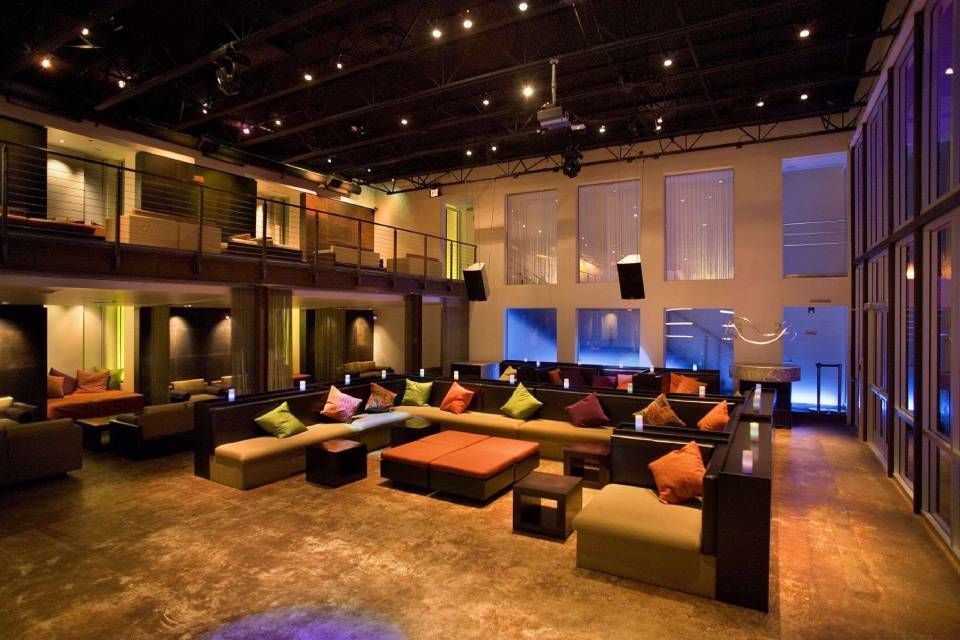Enhancing Sound Quality Via Strategic Speaker Arrangement within Business Spaces
Enhancing Sound Quality Via Strategic Speaker Arrangement within Business Spaces
Blog Article
Maximizing sound experience in commercial spaces is crucial for establishing an inviting and efficient atmosphere. Whether it’s in a restaurant, retail outlet, or workspace, the way audio travels and is perceived can significantly affect client satisfaction and staff productivity. Strategic speaker positioning holds a crucial role in attaining optimal audio performance. By grasping the principles of sound dynamics and considering the design of the area, businesses can improve the complete acoustic environment for everyone in attendance.
One of the initial steps in efficient audio positioning is to assess the size and shape of the business area. Different areas may have distinct acoustic properties that affect how audio functions. For instance, large, open spaces may require more audio units to guarantee even sound distribution, while compact, confined spaces might benefit from less speakers placed thoughtfully to prevent overwhelming the audience. Additionally, the substances used in the construction of the space, such as walls, surfaces, and roofs, can affect sound reflection and absorption. Comprehending these factors helps in determining the most suitable positions for audio units.
Another important factor is the kind of audio being broadcast. Background music in a café, notifications in a shopping store, or displays in a meeting space all require different audio setups. For instance, in a restaurant, speakers should be placed to establish a enjoyable atmosphere without dominating dialogues. In comparison, in a shopping environment, speakers may need to be positioned to ensure that advertising messages are distinctly heard throughout the area. Customizing the audio placement to the specific sound requirements of the environment can significantly improve the overall experience.
The height and angle of the speakers also play a significant role in sound coverage. Positioning speakers at ear level can help ensure that sound arrives the audience effectively. Additionally, angling speakers towards the center of the room can help focus audio where it is required most. This is especially crucial in spaces with high ceilings, where sound can easily disperse. By thoughtfully evaluating the elevation and angle of the audio units, companies can create a more immersive sound experience that keeps customers interested and employees concentrated.
Ultimately, consistent evaluation and adjustment of audio placement are essential for maintaining optimal sound performance. As the design of a business space shifts, or as additional fixtures and items are added, the sound characteristics may change. Performing regular evaluations can assist detect audio system for houses of worship any problems with audio distribution and allow for necessary adjustments. By prioritizing strategic speaker placement and ongoing assessment, companies can guarantee that their commercial spaces provide a welcoming and enjoyable sound atmosphere for everyone.